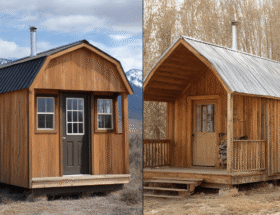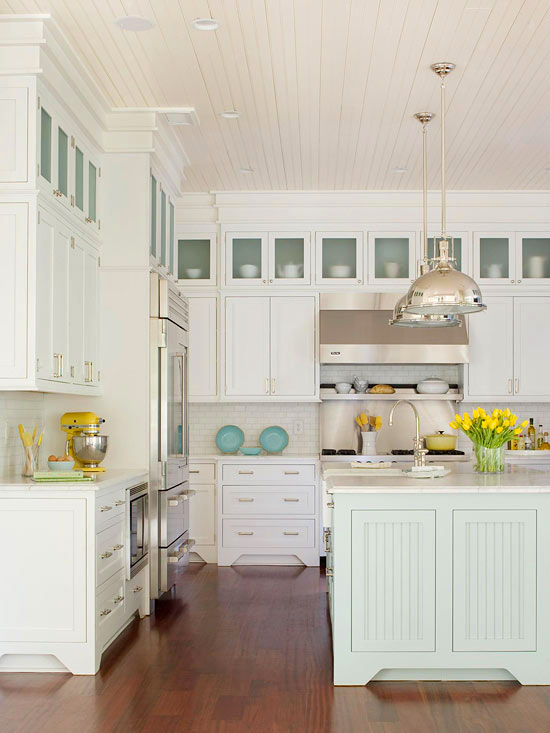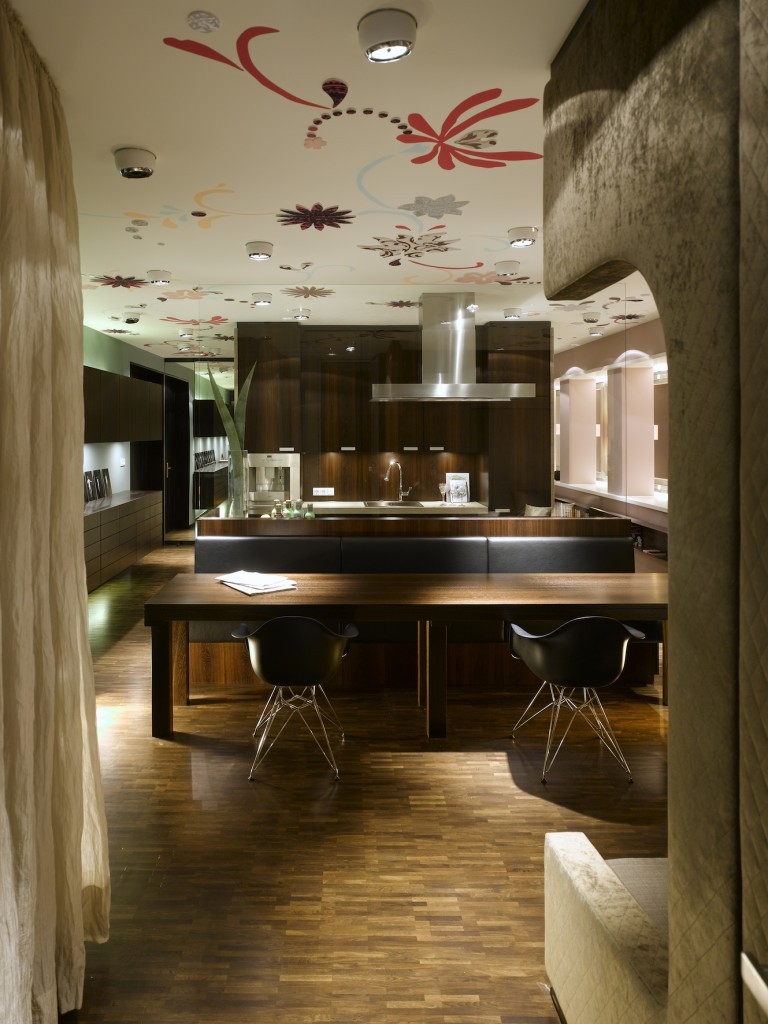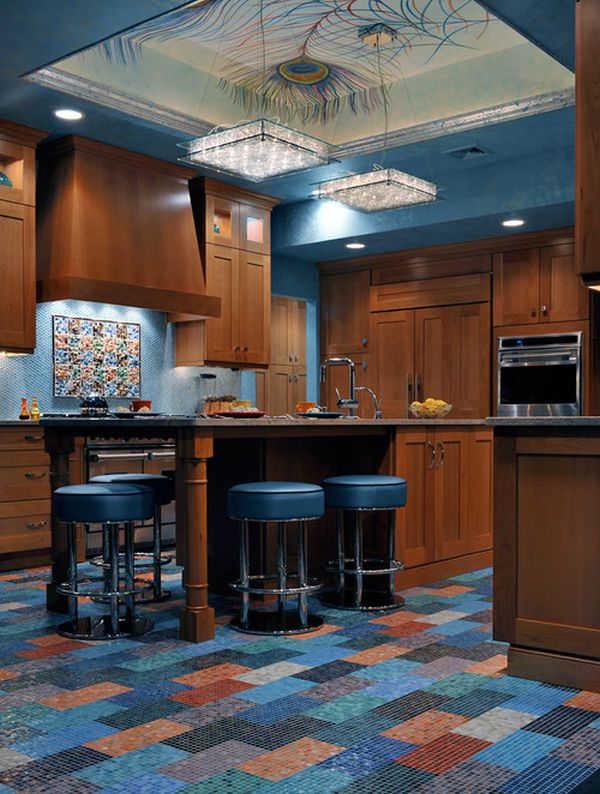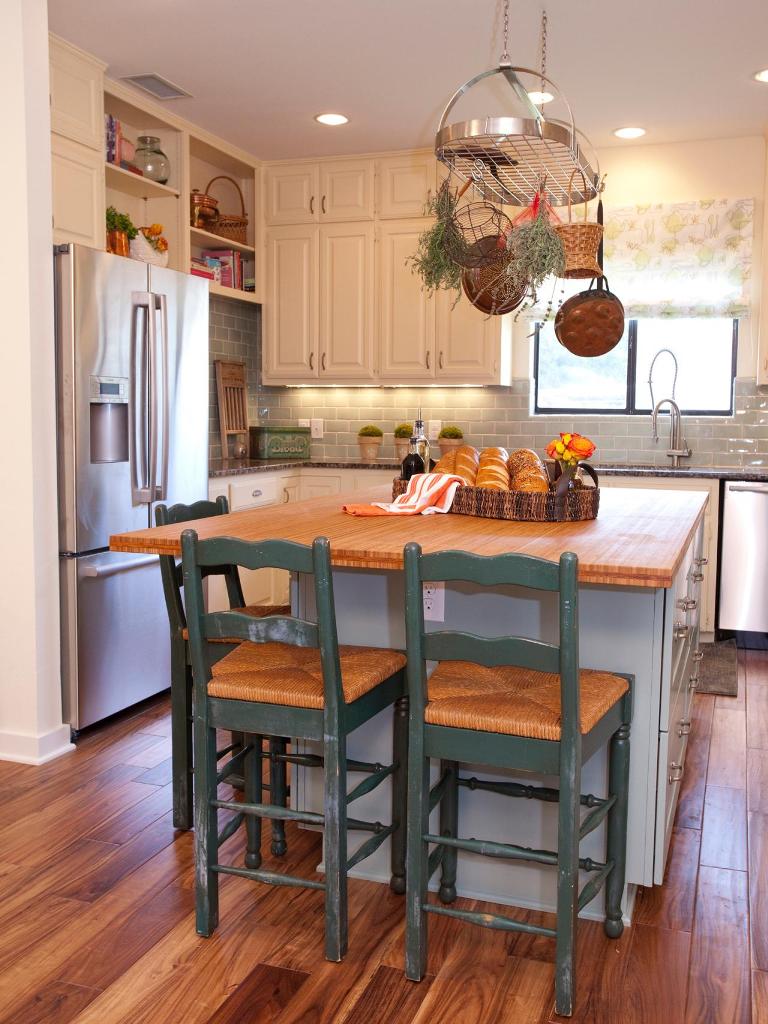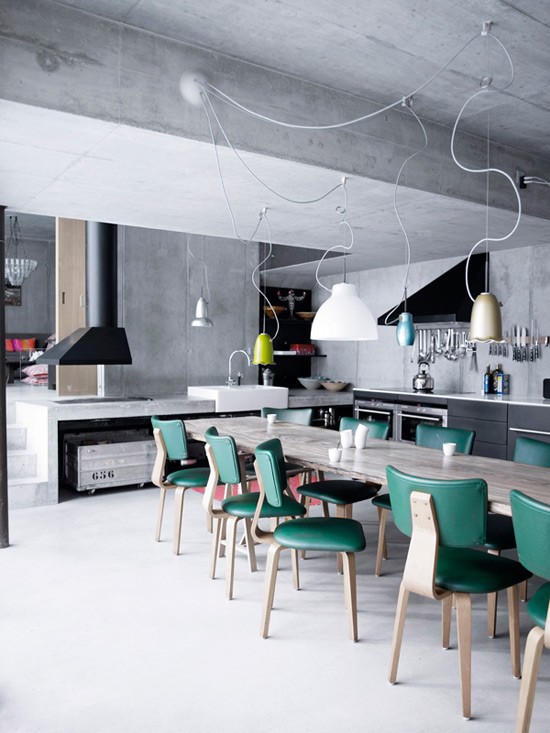Knowing all types of lighting is one way to ensure that your renovation (or new home) project is a real success. Anyway, we know that lights are part of the decoration, but beyond that, they are extremely functional.
Because of this, they need to be placed at strategic points, in a way that provides comfort and beauty to all environments. For that, however, we invite you to follow this article to the end and thus learn everything about the subject. Follow up.

Types of lighting: Which is the best?
Beforehand, we can tell you that there is no single type of lighting that is considered “the best”. But yes, each has its own features and benefits, of course. Knowing each one of them is a way to form perfect compositions. Keep reading to learn more.
Natural lighting

The first of the types of lighting that we are going to highlight for you is natural lighting. It is responsible not only for lighting the environment itself. But yes, it has other important functions. Being them:
- Grow the plants: If you have plants indoors, the entrance of natural light is responsible for keeping them always healthy and strong.
- It generates tranquillity and well-being: You will feel much more comfortable and psychologically happy if you bet on environments with natural light.
- Energy savings: Finally, by having natural lighting inside the house you will already be saving on your electricity bill, of course.
In any case, natural light can be part of any room, as long as it is properly distributed.
Diffuse artificial lighting

Therefore, we can think of using diffused lighting as a good strategy to keep rooms well lit and comfortable.
The same is nothing more than the centralized lamp that we are used to knowing. This type of lighting aims to distribute light more evenly, without great contrasts.
Likewise, it can be used in all rooms, as the main lighting, with accompanying complements.
Direct artificial lighting

On the other hand, diffused light, indirect light aims to enhance some specific point in the environment. It brings a lot of comfort and well-being, as it may be the only option lit in the environment, making the place lighter and quieter.
Anyway, you can bet on this type of lighting using it in your bedroom, with a lamp, or in more work environments, such as home office and office, for example.
The goal is either to highlight a table or even decorative items that you want to stand out more.
Indirect artificial lighting

Indirect lighting, in turn, is responsible for creating a more intimate and peaceful environment, as some surface is used to reflect the luminous flux.
With this, the lighting is softer and even cosy and, because of these characteristics, it is the ideal model to use in the bedroom and in more intimate environments that need to be quiet.
Warm light

Among the options you’ve seen so far, both can be used from the hot light implementation. But what does it mean?
Well, warm light is nothing more than yellow light, which aims to make environments much more cosy and quiet. Yellow refers to well-being and, in this way, can even induce sleep.
Due to these conditions, this type of lighting is constantly used in bedrooms or rest environments. Try adding yellow light at strategic points in your home and enjoy the tranquillity and well-being that it generates.
Cold light

In contrast to warm light, we also have the option of cold light. Here, white light is usually used to compose the decoration and functionality of a room.
But what is the effect of this kind of light colour? Well, in general terms, the white colour calms and, above all, maintains concentration and well-being. Because of this, it tends to be widely used in work environments, for example, such as in offices or close to desks.
Remembering that you can use white light not only diffusely in these places, but directly on an office desk can be interesting.
Task lighting

It is, however, a somewhat more focused and direct option, with a stronger focus. Perfect for you to efficiently carry out your daily tasks.
That’s why you should use stronger and more focused lamps for work and study environments, for example. Since you will have to focus and develop activities that need a sharper vision, right?
Therefore, in environments where there is the development of tasks, use this type of lighting.
Highlight lighting


The accent lighting, in turn, is strategically made to, as the name suggests, make a point of the room stand out. It tends to be much more focused on a “smaller” part.
So, if you have a painting, sculpture or decorative object at home that you want to emphasize, this is the type of light you should use. Thus, it will highlight the smallest details of an object, drawing attention to it in the right measure.
Orientation lighting

Finally, there is also the use of orientation lighting and, as the name also makes clear, it is used with the purpose of pointing out a path or delimiting a corridor to be traversed.
An example, for you to understand, are the lights that we find on the steps of the cinema. There, you can see every step, even if the lighting is relatively low.
All this because it is prepared in a way that does not “illuminate” the environment, in fact, but only guides people in relation to the path that they can take.
In general, this type of lighting does not count so much as something of extreme importance for the decoration itself, but it is a type of light that has greater functionality for promoting people’s safety.
Lighting tips for each environment
Now that you’ve seen all types of lighting, it’s time to pay attention to the tips we’ve brought regarding each environment. Keep reading:
Bedroom lighting

For the bedroom, usually indirect and direct light can be used in warm tones. This is because you will enjoy more comfort and will be induced to sleep, during a reading, for example.
Meanwhile, diffused light, for moments such as: getting ready, changing or organizing a suitcase, you can bet on the white colour. It tends to have more comfortable lighting for times when we are active.
Here, we must also enhance the lighting for the closet. You should also bet on diffused white light and enhance specific points with indirect light, which can be white or yellow.
Living room lighting

For the living room, we can tell you in advance that both cold and hot lights can be used. But, if you want to create a cosier environment that serves as a rest in the late afternoon, go for yellow light.
Here you can bet on direct and diffused light. They do not necessarily have to be used at the same time. Everything will always depend on the moment and the occasion.
Bathroom lighting

For the decorated bathroom, white light is also recommended. Since it promotes a more interesting visualization of the environment, in addition to making it more “clean”.
Anyway, you can also bet on indirect light, for example, around the mirror. However, it is necessary to be careful not to cast any kind of shadow.
Kitchen lighting

For the kitchen, the idea is that you bet on task lighting, with intense spotlights and that help you in your day-to-day while you cook.
On benches and tables, pendants can be used in yellow colour. Since this composition is usually cosier for the meal.
Home office/office lighting

Finally, we cannot forget the importance of betting on the best types of lighting for the home office. Here, the focus has to be concentration and work. Because of this, white and cold lighting is the most suitable.
In addition to this factor, the table must have a greater focus on light. While armchairs and other furniture can receive diffused or indirect light. Also remember to bet on natural lighting, to make your day-to-day work cosier, ok?
By following these tips and knowing all types of lighting, you will certainly create very cosy environments in your home!





